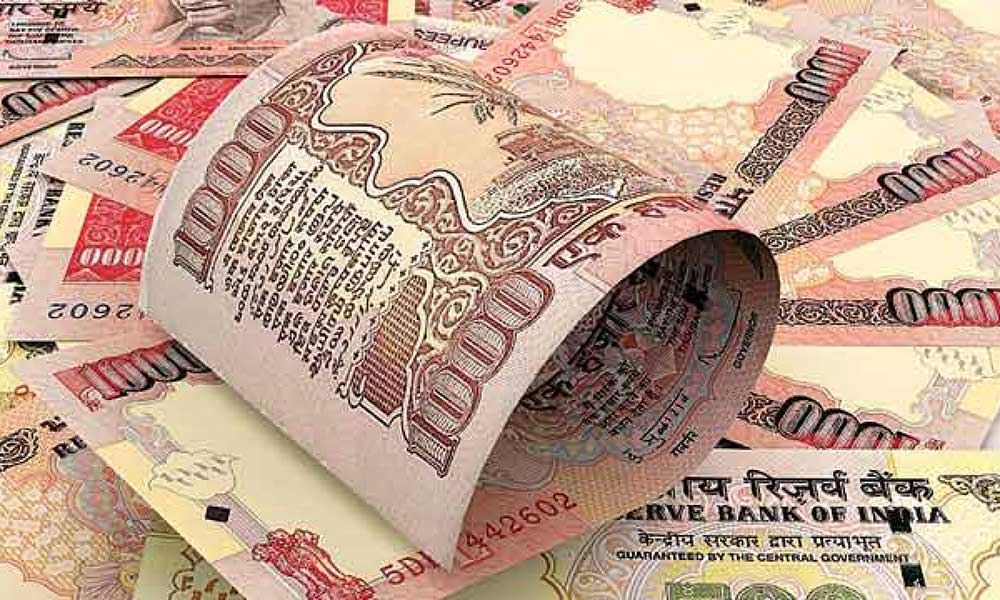November 8, 2016 witnessed a symbolic night when the Government of India suddenly called off the 500 and 1000 rupee notes of Mahatma Gandhi series under the concept of demonetization.
To start with lets first take a snap of what Demonetization actually means?
In India, demonetization means a process which debars the currency in use from being a legal tender, whenever the need to change the national currency so arises.

This national currency change becomes the need of the hour to crack down illegal activities pertaining to the use of currency for terrorist activities or to stop the flow of black money or illegal currency in common practice.
Tracing back, the first ever demonetization India faced was back during the British rule when the government called off the denominations of 1000, 5000 and 10000 rupee notes and withdrew their status of being a legal tender. This happened somewhere in Jan 1946. However all the three denominations were re-introduced in 1954 again. In early 70’s, the then government formulated a direct tax inquiry committee which thereby suggested demonetization to elicit the black money in use. Many such demonetizations have marked the Indian history later too.

Now the Narendra Modi government called off for sudden demonetization under the collective suggestion of the Governor of Reserve Bank of India ie Mr. Urjit Patel and the Economic Affairs Secretary to counterfeit forgery. According to their reports, where the supply of notes of all denominations increased by marginal 40% between 2011-2016, 500 and 1000 denomination notes supply hiked by 76 and 109 respectively. Sources suggested that whatever fake notes were introduced as a result of forgery, were mainly used for funding the illegal activities and hence in order to curb this, demonization would be the only step.
The sudden announcement of the call off led to the notes shortages for a longer period. As the announcement was made all of a sudden, people had to rush to get their currency exchanged which was eyed stringently by the RBI. While the demonetization process was being executed by the government on a strict basis, there were anger and frustration between the people as well as the other political parties which lead to the opposition to the central government move. Not only this, the process witnessed nationwide strikes across the entire country.

Post demonetization report released by the Central Bank suggested that 97% of the total 500 and 1000 denominations that were demonetized reached back to the system indicating the failure of the government to counterfeit the black money in circulation. However the human trafficking business saw a decline in its trade as per suggested by Kailash Satyarthi, who welcomed the government move in context of curbing the child exploitation and human as well as sex trafficking though not completely but to a large extent. Even Maoist and Naxalist fell short of currency due to such a sudden dilemma. However, the scarcity of cash created a chaos amongst the local people as they had to deal with the long queues to get the notes exchanged. And many times the bank counters as well the ATM’s ran out of cash. Many people even died waiting long in queues and several causalities have been recorded too. Stock market and transportation too were disrupted due to this sudden call off.
In present context, if we talk of, demonetization did gave a lumpsum blow to the flow of fake notes somewhere however failed to curb the black money completely out of the market. As soon as the legal tenders of 2000 were released, they met an immediate clash with their counterfeits in the market. Thus the main reason behind the historic step was a complete flop. Demonetization couldn’t stand up to its words of eliminating the black money and counterfeit currency scam that persists even today.





